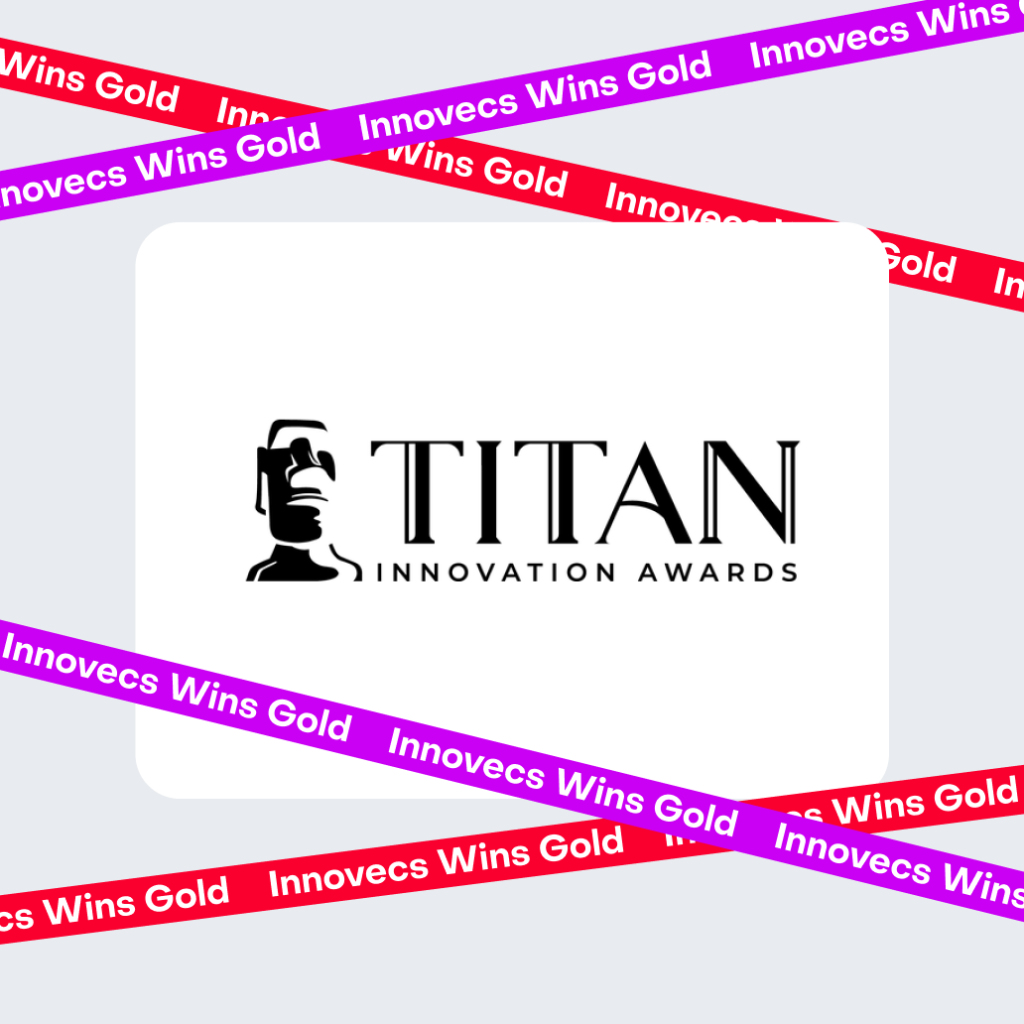
Delegation and micromanagement — two contrasting approaches that reveal the level of trust in your workplace. And building trust is essential for nurturing ownership and accountability culture within engineering teams.
But why do ownership and accountability matter for engineers? They play a pivotal role in fostering growth and development. Engineers must think beyond themselves, considering the team, stakeholders, organization, and customers. Embracing ownership and accountability empowers engineers to become future-ready leaders, driving decisions and propelling success.
While there’s no definitive framework, my journey has uncovered guiding principles that shaped my own approach toward nurturing such a culture.
A culture of ownership and responsibility goes beyond focusing solely on individual tasks, roles, or immediate deadlines. It involves having a broader perspective and a genuine interest in successfully completing the entire product. People with this mindset take the initiative, proactively seek solutions, identify responsible individuals, and engage with relevant stakeholders when needed. Proactivity is a key characteristic that enables them to propose new ideas and additional solutions.
To boost proactivity within the team, it’s crucial to have someone who can effectively communicate our actions and intentions. This person could be an engineering manager, product manager, or someone else who can clearly explain the reasons behind our decisions. Whether based on analytical data, financial information, or other factors, the important thing is to demonstrate the purpose and expected outcome of our work. The specifics may vary in each case.
In the absence of such a culture, the task of producing a top-notch product becomes an uphill battle. Individuals lacking this approach often feel dissatisfied with their work and may not remain in the team for long. This significantly impacts the speed and efficiency of their work. Let’s consider a simple example: a teammate sends a message but receives no response, and they are fine with it because it allows them to relax. Although straightforward, this behavior reveals a lack of enthusiasm for achieving results, a lack of commitment to seeing things through, and a lack of understanding of one’s role. These patterns, when present in a compound, result in larger problems.
On a global scale, the company is entering a stage of stagnation. Without individuals who take responsibility for their work, everything either moves at a very slow pace or comes to a complete halt. Additionally, the company’s image will undoubtedly suffer. From the client’s perspective, such a team appears to work solely based on patterns and templates without venturing beyond established limits. Would such a business be trusted? Certainly not. No one would be inclined to become a client or an employee in such circumstances. In more detail, such a company faces a number of problems:
- Project delays and failures: When people fail to take ownership of their tasks, projects can experience delays, suffer from compromised quality, and overall progress can grind to a halt. This can lead to dissatisfied clients, missed market opportunities, and financial losses.
- Lack of innovation and adaptability: Without employees being held accountable for improving their work, a company can become outdated and unable to compete. A lack of fresh ideas can impede growth and hinder success.
- Decreased morale: Employees who are not allowed to contribute and take responsibility for results may lose motivation and job satisfaction. This can result in high employee turnover and have a negative impact on the overall company culture.
- Communication and collaboration issues: The absence of accountability can create a negative atmosphere where individuals shift blame onto one another. This hampers effective teamwork and undermines trust.
- Missed opportunities for growth and learning: By assuming responsibility for projects and tasks, employees can develop their skills and abilities. Without this, their professional growth may be delayed, hindering their ability to tackle future challenges.
The company’s success is directly dependent on its ability to attract hard-working and dedicated employees and sustain a culture where everyone collaborates to achieve shared success.
When meeting new employees for the first time, it can be hard to gauge their level of interest. One way to assess their engagement is by observing the questions they ask, which should be related to their work and personal interests. They may inquire about the client, their goals, achievements, and the significance of their tasks and projects. However, some individuals may display minimal interest and simply prioritize receiving their paycheck and counting the hours until the end of the workday.
As a leader, I make it a point to educate new employees about our product, objectives, and the value of their contributions. I pay attention to their reactions during this process. Some individuals actively engage in further discussions, seeking clarifications and expressing any concerns or areas they feel uncertain about. I understand and address their reservations, emphasizing that their work, though seemingly straightforward, holds importance and aligns with specific goals. While certain individuals display genuine interest and comprehension, others may remain indifferent. I recognize that people with varying levels of experience may have different expectations.
To ensure that new employees comprehend and embrace our culture of ownership and responsibility, I strive to establish alignment even during the interview stage. However, this can be an uneasy task at times. There are instances when I decide to bring someone onto the team, yet I cannot guarantee a seamless fit within our culture. In such situations, individuals typically adapt by observing our work processes and communication dynamics.
I genuinely believe that if someone lacks an innate inclination towards responsibility from the start, they may face significant hurdles in cultivating this aspect later on. Even if a person initially joins with the intention of merely completing assigned tasks, it’s unlikely we can successfully persuade them to embrace a broader scope of responsibilities.
Therefore, these internal inclinations can often be detected right from the moment an individual joins the team, possibly even during the interview stage. It aligns with the evaluation of the soft skills that we employ. Occasionally, our projects or products may possess technical aspects that some may find tedious. Without delving into the specifics to gauge a candidate’s enthusiasm, many individuals might disengage early on due to boredom or lack of interest. On the other hand, some individuals approach it from a different perspective, understanding the importance of the work. This is how we conduct our selection process.
I am not suggesting that it is impossible to transform apathetic or passive individuals. However, it is more advantageous to initially attract the attention of proactive individuals who already possess those qualities.
Measuring the success of a company’s culture can be approached in various ways. One effective method involves obtaining customer feedback, as active and accountable employees typically positively impact customer satisfaction. Customers can express their satisfaction with the work reflected in the level of mutual trust when employees propose new ideas or conduct additional research to enhance the offering.
Additionally, the team’s internal dynamics can be evaluated by observing their performance. This may involve assessing task efficiency and identifying any obstacles encountered by employees. However, performance metrics alone do not provide a comprehensive measure of success, as numerous other factors contribute to overall results. Consequently, conducting quarterly reviews allows for a comprehensive analysis of completed tasks, encountered issues, and potential areas for improvement.
When communicating with my team, I strive to establish a shared understanding and actively seek their feedback. This enables me to grasp their work capabilities and the level of responsibility they feel. Maintaining open lines of communication helps me identify their preferences, both likes and dislikes. Various factors can influence their productivity and attitude towards work, and addressing these aspects is paramount in my role. I value the expectations they have of me as their manager. I listen to their desires for more responsibility and autonomy because it evokes a sense of ownership in their work. This, in turn, makes their job more engaging, resulting in improved team performance.
One of the primary barriers to building a culture of ownership and accountability lies in the fact that individuals bring their previous job and team experiences into the new environment. They often find themselves making comparisons, expecting things to be similar to what they have encountered before. However, it is rare for everything to align exactly as it was in their previous experiences.
Every project, company, and team represents a fresh setting with new individuals and distinct communication dynamics. The most arduous task is to guide people away from constant comparisons and promote openness to embrace something new. It becomes essential to explain the rationale behind current practices and emphasize the client’s needs, standards, and requirements. This process continues until individuals witness the tangible results of their efforts.
Unfamiliar situations may induce stress as everything differs from their accustomed experiences. In such circumstances, it is crucial to provide systematic explanations, engage in iterative discussions to find compromises, and consistently communicate the reasoning behind the established approaches. This ongoing process helps individuals navigate unfamiliar territory, adapt to change, and build a strong and cohesive culture.
Creating a culture of ownership and accountability in engineering teams requires more than just directives. As leaders, we must exemplify these principles ourselves. Leading by example is paramount.
By demonstrating ownership and accountability through our actions, we show our team the practicality and value of these traits. And the team starts to believe in our leadership which motivates them to follow suit. Talk is cheap; actions create a meaningful legacy.
As a manager, leverage attentive interviewing. Emphasize the importance of defining clear expectations regarding engagement and ownership and actively seek out candidates who radiate these qualities right from the start. Remember, the initial meeting is a golden opportunity to not only assess their compatibility with the desired culture but also to identify those exceptional individuals who are bound to make a positive impact.
This article was previously published on Hackernoon.




